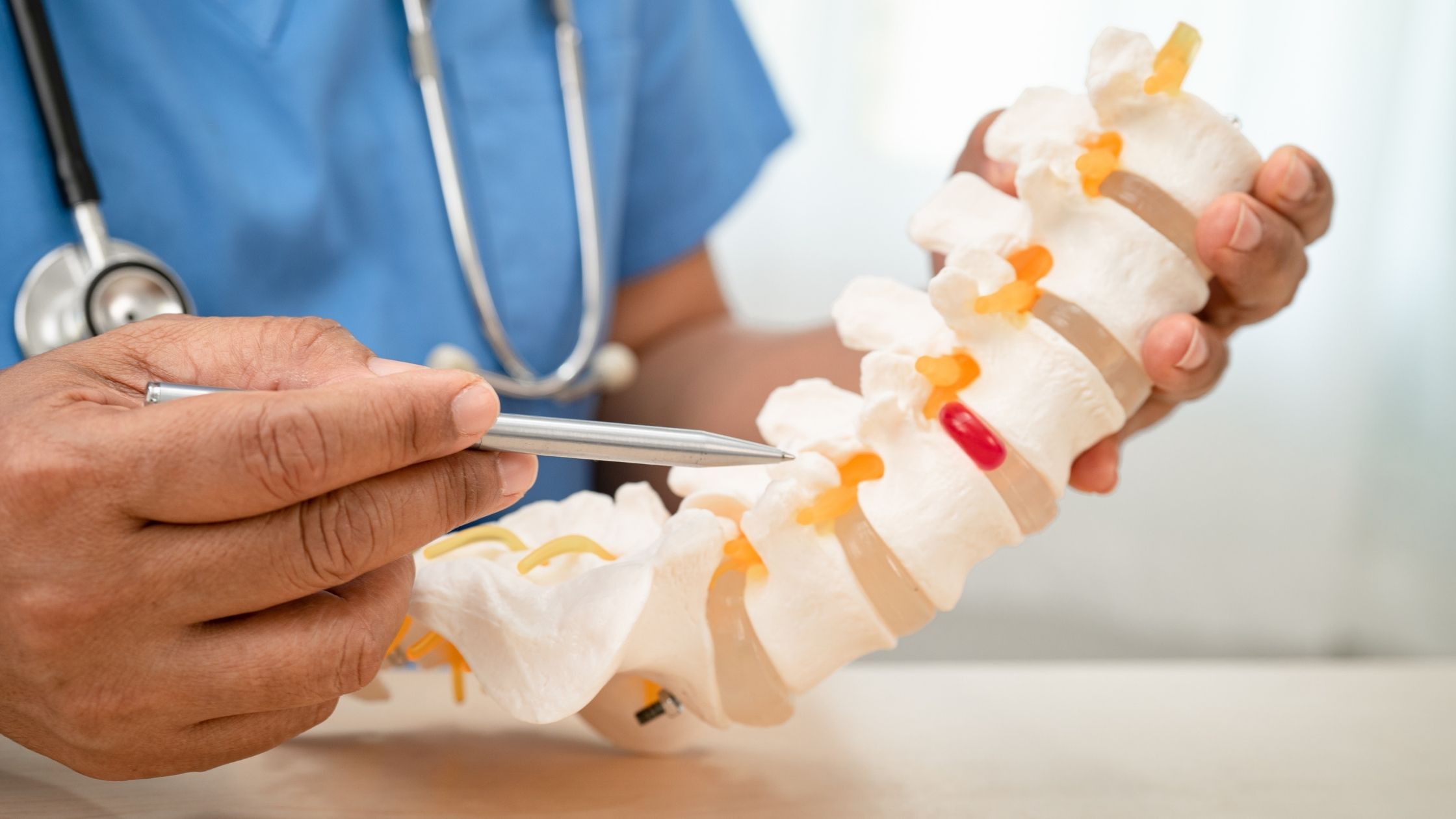The Right Pace: Why Losing Weight Too Fast Can Do More Harm Than Good
Starting a journey with a GLP-1 or a GLP-1/GIP medication like semaglutide or tirzepatide can be an exciting step in weight management. As you begin to see the number on the scale move, it’s easy to get caught up in the momentum and want results as quickly as possible. But when it comes to your long-term health, the pace and quality of your weight loss are far more important than speed.
At GobyMeds, we believe in empowering you to achieve not just weight loss, but sustainable wellness. That means understanding the hidden risks of dropping weight too quickly and learning how to implement strategies that protect your body for the long haul.
The Hidden Dangers of Rapid Weight Loss
Losing weight at an excessive rate (typically more than 2-3 pounds per week after the initial phase) can put significant stress on your body. While the scale might be rewarding, you could be compromising your health in other ways.
1. Muscle Loss (Sarcopenia)
Most individuals who take a GLP-1 or GLP-1/GIP medication experience a drop in their appetite and because of this, they decrease their food intake. But, when you are in a large calorie deficit, your body needs energy. If it doesn't get enough fuel from food or fat stores, it will start breaking down muscle tissue. This is a problem because muscle is your body’s metabolic engine - it burns more calories at rest than fat does. Losing muscle slows your metabolism, which can lead to a weight loss plateau and make it much easier to regain weight later on.
2. Bone Density Loss (Osteoporosis)
Your bones are living tissue that responds to the load they carry. Rapid weight loss reduces this mechanical load too quickly and can lead to a decrease in bone mineral density. This can weaken your skeletal structure over time, increasing your long-term risk for osteopenia and osteoporosis, a condition that makes bones brittle and prone to fractures. The goal is to lose fat, not compromise the framework that supports you.
3. Gallstones
This is one of the most common complications of rapid weight loss. Your liver releases cholesterol into your bile. When you lose weight too fast, your liver can release an excess amount of cholesterol, which can crystallize in the gallbladder and form painful gallstones that may require medical intervention.
4. Nutrient Deficiencies
When you drastically cut calories, you also reduce your intake of essential vitamins and minerals. This can lead to a host of issues, including:
- Fatigue and hair loss from low iron.
- Weakened immune system from insufficient vitamins C and D.
- Poor nerve function from a lack of B vitamins.
5. Dehydration and Fatigue
Much of the initial, rapid weight loss is often water weight. If not managed properly, this can lead to dehydration and an imbalance of electrolytes like sodium and potassium. This can leave you feeling tired, dizzy, and plagued by headaches.

How to Mitigate the Risks: The 4 Pillars of Healthy Weight Loss
The good news is that these risks are entirely manageable with a strategic and mindful approach. Here’s how to ensure your weight loss journey is both safe and effective.
1. Monitor Your Pace
After the first couple of weeks, a healthy and sustainable rate of weight loss is generally considered to be 1 to 2 pounds per week. While it can be tempting to chase a bigger number, this steady pace signals to your body that it can safely burn fat stores without needing to sacrifice muscle and bone.
- How to do it: Weigh yourself once a week, at the same time and under the same conditions. Don't get discouraged by small fluctuations; focus on the overall downward trend over months, not days. Remember, the goal isn't rapid weight loss. It's long-term, sustainable weight loss.
2. Prioritize Protein
Protein is your single most important tool for protecting muscle mass. Consuming adequate protein provides your body with the amino acids it needs to preserve your metabolic engine while you lose fat.
- How to do it: Aim to include a source of lean protein with every meal and snack. This could be chicken breast, fish, eggs, Greek yogurt, tofu, or a high-quality protein shake. This will also help you feel fuller for longer, making it easier to manage your appetite.
3. Incorporate Strength Training
Exercise is crucial, but the type of exercise matters. While cardio is great for heart health, strength or resistance training is what tells your body to hold onto muscle and bone.
- How to do it: You don’t need to become a bodybuilder. Start with 2-3 sessions per week. This can include bodyweight exercises (squats, lunges, push-ups), using resistance bands, or lifting light to moderate weights. This is the most effective way to counteract muscle and bone loss.
4. Focus on Nutrient-Dense Foods
Make every calorie count by choosing foods that are rich in vitamins, minerals, and fiber. This ensures you’re fueling your body properly even while in a calorie deficit.
- How to do it: Build your meals around lean proteins, a wide variety of colorful vegetables, fruits, and healthy fats like avocado and olive oil. These foods provide the essential nutrients your body needs to function optimally and support a healthy metabolism.
Tip: Find a Registered Dietitian
Registered Dietitians (RDs) are medically licensed professionals trained to assess your food intake and create nutrition plans based on your unique health needs and medical conditions. While nutrition coaches can offer general advice, they are not medically trained to address issues related to health conditions or medications.
To find a registered dietitian, ask your primary care physician for a referral or search online for trusted providers. You can meet with a dietitian just a few times to learn the basics or schedule ongoing sessions over several months for continued guidance and support.

Your Health is a Marathon, Not a Sprint
GLP-1 medications are a revolutionary tool for achieving a healthy weight and improving your metabolic health. By pairing this tool with a smart, sustainable approach, you ensure the results you achieve will last a lifetime. Remember to listen to your body, fuel it with intention, and embrace the steady pace that leads to true wellness.
At GobyMeds, our focus is on supporting you through every step of this journey. To learn more about our patient-first approach to health, explore our treatment options today.
Sources:
Risks Associated with Excessive Weight Loss (NIH)
Compounded semaglutide, compounded tirzepatide, sermorelin, and NAD+ are not FDA-approved. All require a prescription from a licensed provider. Compounded medications do not undergo FDA review for safety, effectiveness, or manufacturing quality. This content is for educational purposes only and is not medical advice. Always consult a licensed healthcare professional about your treatment options.




.svg)